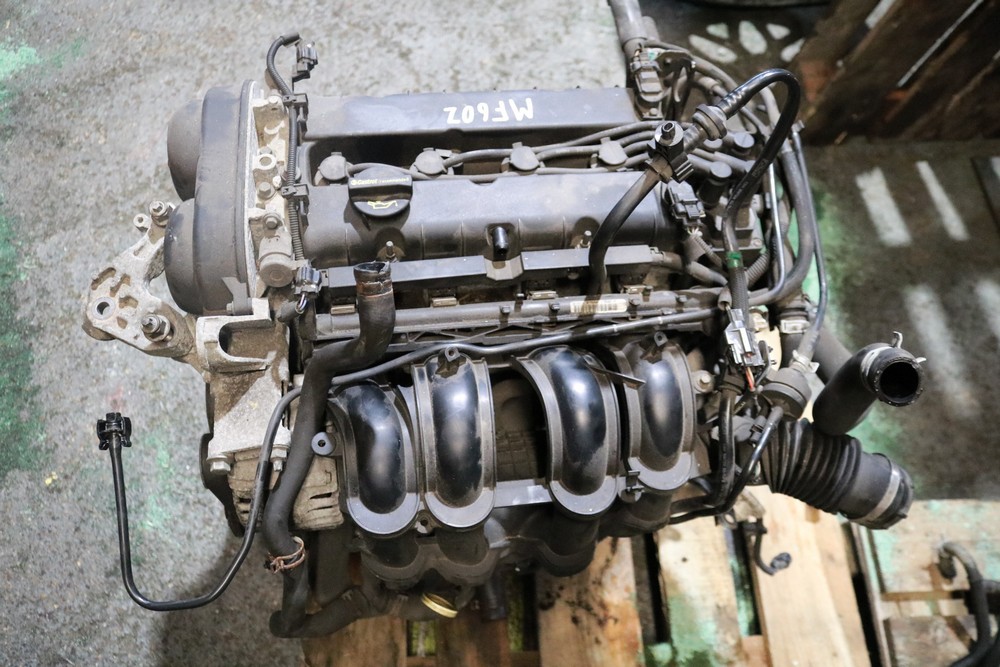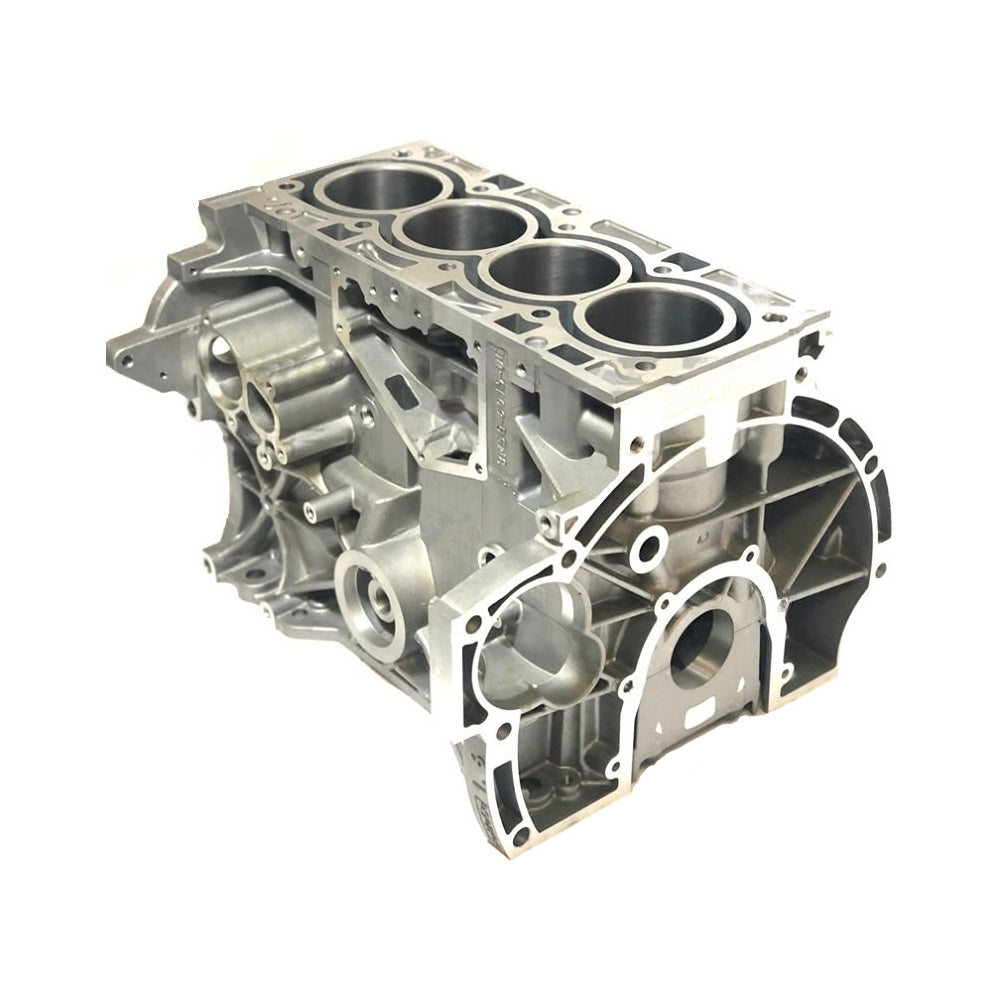Expert Tips for Optimizing Your Ford Fiesta Engine Efficiency
Expert Tips for Optimizing Your Ford Fiesta Engine Efficiency
Blog Article
Checking Out the Evolution of Engines: From Traditional Designs to Modern Marvels
The development of engine innovation stands for a substantial story in the background of advancement, marked by crucial innovations that have actually continuously redefined transportation and market. From the preliminary heavy steam engines that powered the Industrial Revolution to the development of internal combustion engines that transformed flexibility, each stage has actually added to better performance and ability. Presently, the shift to electric power symbolizes not only a technological shift however additionally a broader dedication to ecological sustainability. As we take a look at these milestones, one need to think about exactly how the future of engine design may unravel, testing our understandings of power and efficiency.
The Birth of Engine Modern Technology
The advent of engine technology marked an essential minute in human innovation, changing power conversion and transport. The earliest engines emerged from the demand to harness mechanical power for practical usage, leading to the development of devices that converted numerous power kinds right into activity (ford fiesta engine).
The advancement of the internal combustion engine and the creation of the steam engine catalyzed a profound shift in commercial capabilities. These engines not only improved efficiency yet likewise expanded the extent of human wheelchair, making it possible for unprecedented transportation opportunities. The early models prepared for the mechanized globe, promoting the surge of industries and reshaping societal frameworks.
As engine layouts advanced, they incorporated innovative products and progressed design principles, leading the means for modern growths - ford fiesta engine. The birth of engine modern technology fired up an unrelenting quest of performance and power, establishing the stage for the dynamic advancement of transport and industrial equipment that would follow
Vapor Engines and Their Effect

The vapor engine's effect was particularly noticeable in the transportation sector (ford fiesta engine). Steam-powered engines assisted in the fast motion of products and individuals across large ranges, properly shrinking the geographical obstacles that had previously prevented profession and communication. Steamships changed marine travel, allowing for quicker and a lot more dependable crossings of rivers and oceans.
In market, heavy steam engines powered manufacturing facilities, enabling automation and the rise of metropolitan centers as hubs of economic task. This change not just altered labor characteristics but also added to the development of a consumer-driven society. Heavy steam technology fostered technologies in design and manufacturing procedures, laying the groundwork for future innovations in engine design. The heritage of steam engines is extensive, mirroring a zero hour in human resourcefulness and the unrelenting pursuit of progression.
The Increase of Inner Burning
Regularly outweighing steam power, the rise of internal burning engines marked a transformative change in transportation read the article and industry during the late 19th and very early 20th centuries. The growth of these engines, defined by their ability to melt fuel within the engine itself, enabled better efficiency and power compared to traditional heavy steam engines. Pioneering creators such as Nikolaus Otto and Rudolf Diesel played essential functions in developing engine styles, bring about widespread adoption in vehicles, watercrafts, and industrial machinery.
The interior combustion engine's compact dimension and relatively lightweight nature promoted the appearance of personal automobiles, transforming specific mobility and improving metropolitan landscapes. By enabling faster travel and the effective transport of goods, these engines catalyzed financial development and promoted globalization. The flexibility of fuel choices, including gasoline and diesel, further boosted their allure, enabling varied applications throughout various industries.
In spite of the ecological problems that would certainly later on develop, the preliminary appeal of inner combustion modern technology lay in its transformative potential. As society welcomed this technology, the foundation was laid for modern-day transport systems, establishing inner burning engines as a keystone of commercial advancement and life throughout the 20th century.
Innovations in Engine Performance
As internal combustion engines became essential to transport and industry, the emphasis moved towards enhancing their performance to satisfy growing demands for efficiency and sustainability. Advancements in engine design, product science, and technology have significantly added to this advancement.
One significant improvement is the growth of turbocharging, which enables for boosted air consumption, leading to even more complete gas burning and boosted power output without expanding engine dimension. In addition, variable shutoff timing systems have actually been applied to enhance engine performance throughout numerous RPM ranges, thereby improving fuel effectiveness.
The application of advanced fuel shot modern technologies, such as direct shot, has also played a vital duty. This approach permits even more specific control over the fuel-air combination, advertising better combustion and decreasing discharges. Lightweight materials, consisting of light weight aluminum and composite parts, have actually been taken on to reduce overall engine weight, leading to enhanced effectiveness.
These advancements mirror a broader trend within the automobile industry, where the image source synergy between design development and ecological factors to consider drives the continuous pursuit for greater efficiency in internal combustion engines. Therefore, modern engines are now more effective, cleaner, and reliable than ever before, leading the way for a much more lasting future in transport.
The Change to Electric Power
With expanding issues over ecological effect and nonrenewable fuel source dependence, the automotive industry is experiencing a substantial change towards electric power. This shift is driven by a mix of technological innovations, regulative pressures, and transforming consumer choices. Electric automobiles web link (EVs) supply a compelling alternative to standard interior combustion engines, flaunting reduced greenhouse gas exhausts and reduced operating prices.
The surge of battery modern technology has been a game changer, with lithium-ion batteries ending up being much more cost-efficient and reliable. Enhanced energy density and faster charging capabilities have made EVs a lot more sensible for everyday use. Federal governments worldwide are implementing incentives and establishing enthusiastic targets for phasing out fossil gas lorries, thereby accelerating the adoption of electric power.
As charging infrastructure expands and battery technology proceeds to enhance, the shift to electric power is positioned to improve the automobile landscape, promoting sustainability and technology in the years to come. The future of transport is electric, and the energy is obvious.
Final Thought
The evolution of engine modern technology represents a substantial trajectory of development that has actually profoundly influenced transport and market. From the fundamental steam engines to the transformative interior burning engines, each development has actually contributed to improved flexibility and economic development.

Report this page